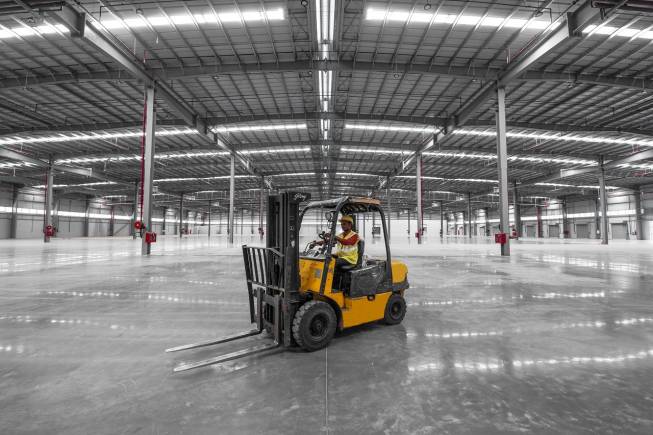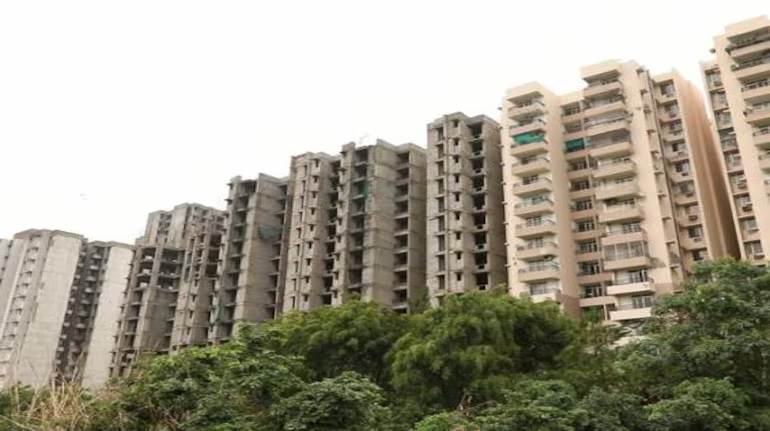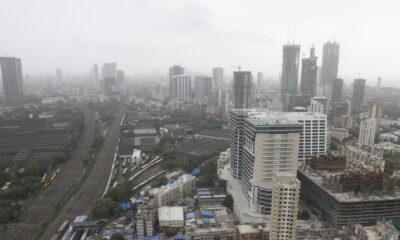Report
Over 110 million sqft Grade-A warehousing stock in India: Report


High-intensity focus on making India a global manufacturing hub has caused warehousing clusters to expand rapidly beyond the top cities and into Tier-2 and 3 cities, says ‘Indian Industrial & Logistics – Gearing Up a Global Manufacturing Hub, a joint report by the US-based Binswanger Commercial Real Estate Services and ANAROCK Group.
The two firms recently joined hands to offer boutique advisory, brokerage and transaction services on industrial real estate opportunities between India, USA and other global markets.

The report says that demand for small and multi-location warehouses is expected to rise significantly. Most of these emerging clusters are aligned with the industrial and freight corridors being developed in the country. The emerging Tier-2 and 3 warehousing clusters include Ludhiana, Ambala, Lucknow, Siliguri, Guwahati, Bhubaneshwar, Vishakhapatnam, Vijaywada, Coimbatore, Kochi, Nagpur, Indore, Jaipur and Dholera.


Shobhit Agarwal, MD & CEO – ANAROCK Capital said, “The rising demand for Grade-A warehousing properties across the country is a key trend. Our data indicates that there is more than 110 mn sq. ft. of Grade-A warehousing stock available across the country – most of it in the top eight cities. 3PL (third-party logistics) and e-commerce are the largest occupiers of warehousing space. There is a massive opportunity for Grade A warehousing development in the smaller cities amidst rising demand.”
The report highlights that nearly $ 7 billion worth platforms have been created for the warehousing sector since 2015. Over $ 2 billion in PE investments have been infused in the Industrial and Logistics sector between 2017 and Q1 2020. Investors are upbeat on this sector and are working closely with developers to identify warehousing investment opportunities.
Emerging trends


Jeff Binwanger, Managing Partner, Binswanger International, said, “COVID-19 has exposed the challenges of consolidation within the warehousing sector. The market is expected to de-centralise to mitigate future disruption, ensure business continuity and ease operations. To contain costs and maintain social distancing norms, automation will become a major focus area. Also, e-commerce will flourish in the post-COVID-19 era, giving an edge to online businesses which will eventually boost new warehousing demand – particularly multi-level warehouses within city limits.”
The current Government has created a fertile arena for growth, with the total approvals needed to set up a warehouse in India reducing from 33 in 2015 to 15 by 2019-end. Likewise, the time taken to construct a warehouse has reduced to 3.5 months from the previous 6 months during the same period. Meanwhile, India’s high logistics cost – at 14% of its GDP – is still better than China’s 15 per cent.
Other highlights
- 3,400 industrial clusters over 4.6 lakh hectares in India have only 25 pc vacancy; 10 industrial regions across India country drive manufacturing growth
- 75,000 acres industrial areas planned across India’s top cities, including Dholera-SIR at Ahmedabad (22,734 acres), Pharma City (19,333 acres) and Zaheerabad NIMZ (12,635 acres) at Hyderabad, among others
- Policy push & incentives – reduced corporate tax rates, National Manufacturing Policy, Make in India & Self-reliant India campaigns to boost manufacturing
- India’s planned infrastructure investment of $1.3 trillion over the next five years is almost equal to Australia’s GDP
-



 News3 weeks ago
News3 weeks agoKW Delhi 6 Mall Onboards New Brands
-



 News3 weeks ago
News3 weeks agoManasum Senior Living Launches IKIGAI GOA, A Senior Living Community in North Goa, in collaboration with Prescon Homes
-



 News2 weeks ago
News2 weeks agoGodrej Properties Sells Rs 3k cr+ Homes of Godrej Zenith, Gurugram, within 3 days
-



 News3 weeks ago
News3 weeks agoBridging India Divide: Top 5 Tier- 2 Cities to Focus On
-



 News3 weeks ago
News3 weeks agoCommercial Realty Gets Tech Savvy: Fast Construction, Enhanced Convenience
-



 News3 weeks ago
News3 weeks agoMultipoint Connection – A Definite Boon
-





 News2 weeks ago
News2 weeks agoRBI’s Status Quo on Key Policy Rates to Help Maintain the Real Estate Growth Momentum, Say Industry Stalwarts
-



 News3 weeks ago
News3 weeks agoSacred Cities See a Retail Boom as Spiritual Tourism Surge: CBRE Report
























